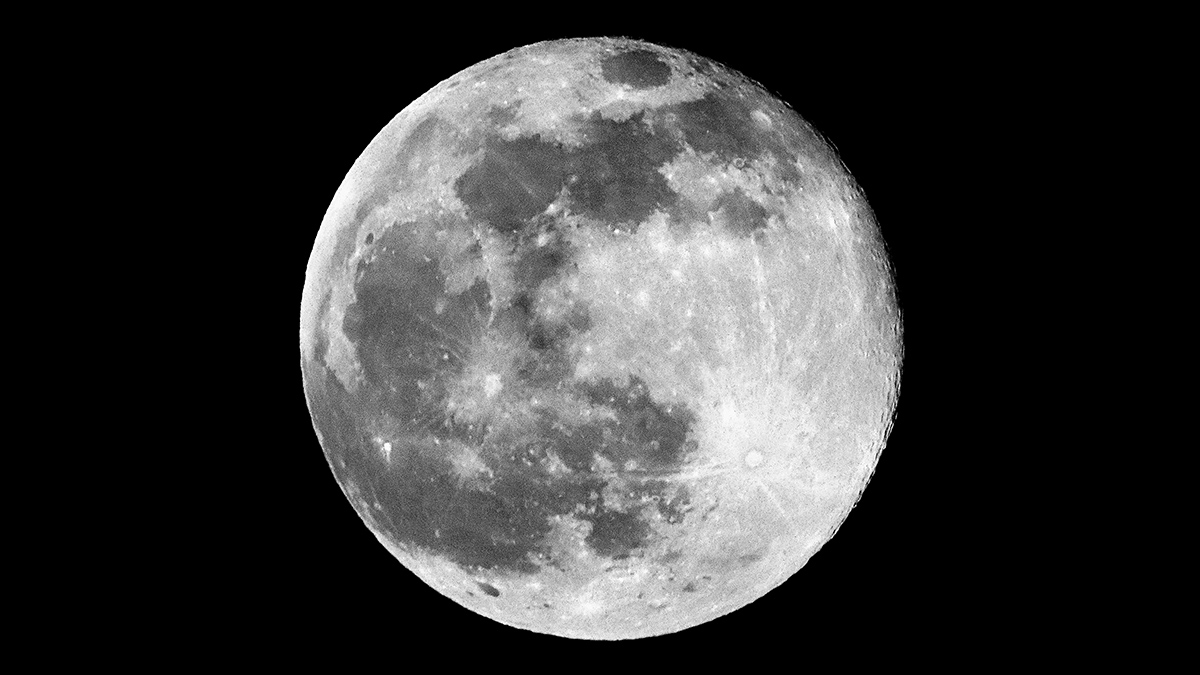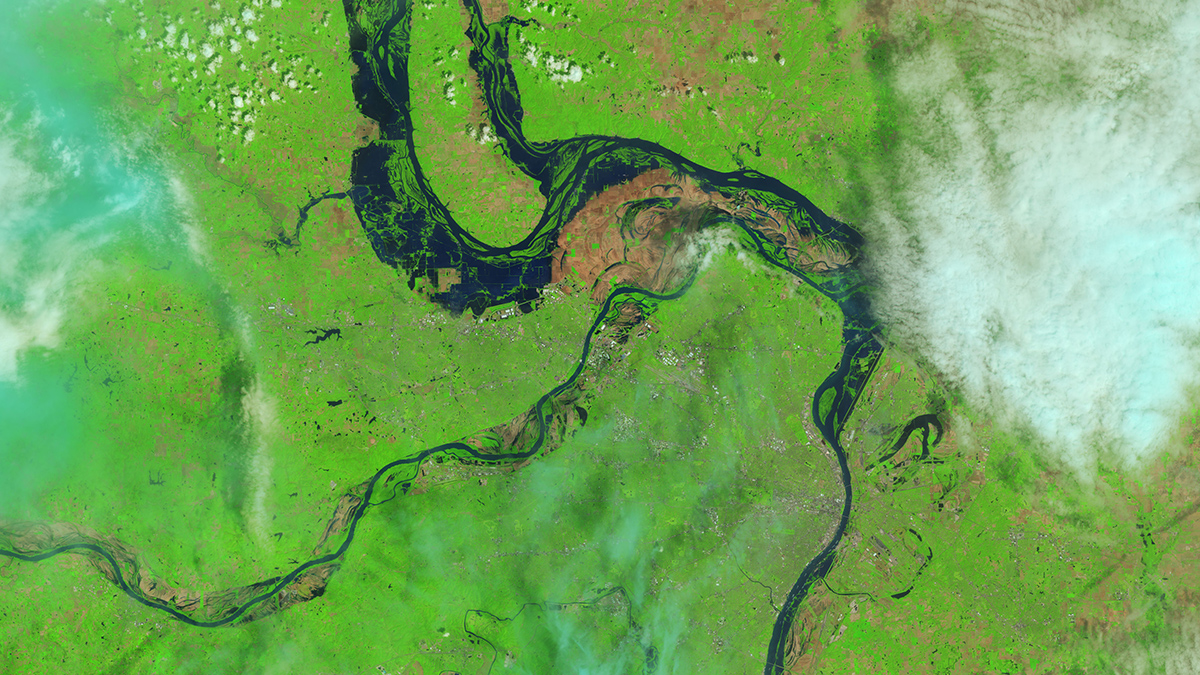How did the Moon form and how old is it? The most precise dating yet of Earth’s largest satellite found that it is much older than previously thought.
News
Did These Curious Rock Formations Inspire the Great Sphinx?
New research says it’s plausible the Great Sphinx started life as a geomorphological oddity known as a yardang.
Rivers Are Warming Up and Losing Oxygen
Researchers used deep learning to fill in the gaps of “patchy” water quality data, revealing decades-long trends toward warmer and less oxygenated rivers that could have worrisome consequences.
Five Martian Mysteries That Have Scientists Scratching Their Heads
Despite centuries of study and many spacecraft visits, the Red Planet still holds secrets. Here are just a few.
Water Corridors Helped Homo sapiens Disperse out of Africa
Wetland conditions during the last interglacial period in parts of the Levant helped propel our ancestors into Arabia, new research suggests.
River Recovery from Drought Can Take Years
Climate change has created increasingly volatile weather and a drier atmosphere, making it harder for rivers to recuperate after a drought.
Millions Likely Live in Areas Contaminated by Mining Runoff
Heavy metal contaminants from mining can live in ecosystems for centuries. A new global database shows where the problem is worst.
Rogues’ Gallery Comes in Pairs
A new trove of free-floating planets, smaller and paired up more than expected, challenges stellar and planet formation models.
Registros de eclipses fechan erupciones volcánicas de los siglos XII y XIII
Registros antiguos de lunas oscuras y lunas de sangre ayudan a los científicos a vislumbrar erupciones pasadas y sus efectos en el clima global.
A Strong Quake (or Two) Rattled Puget Sound 1,100 Years Ago
Tree rings hint that two neighboring faults ruptured within 6 months of each other and suggest that the maximum magnitude of quakes around Puget Sound could exceed previous estimates.










